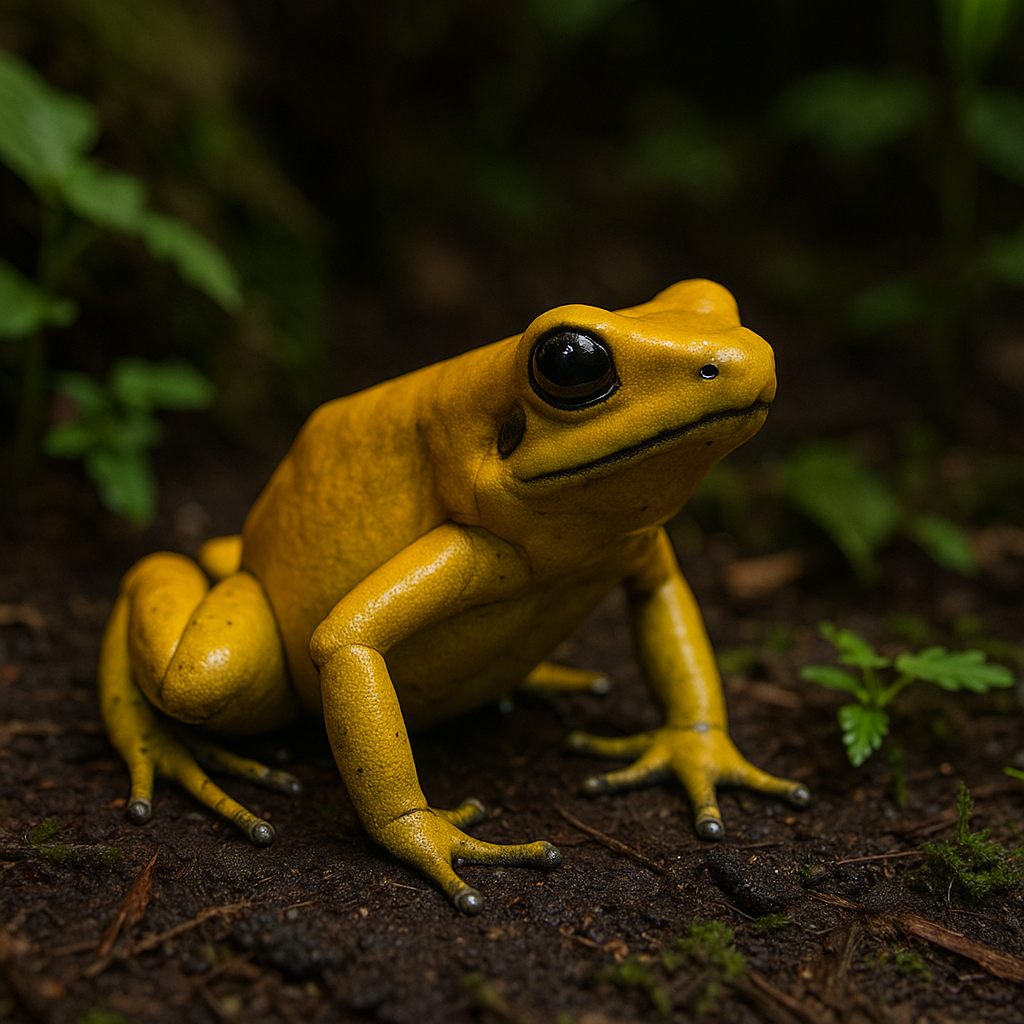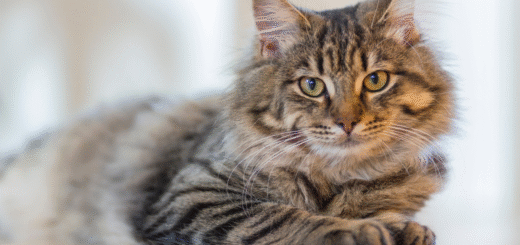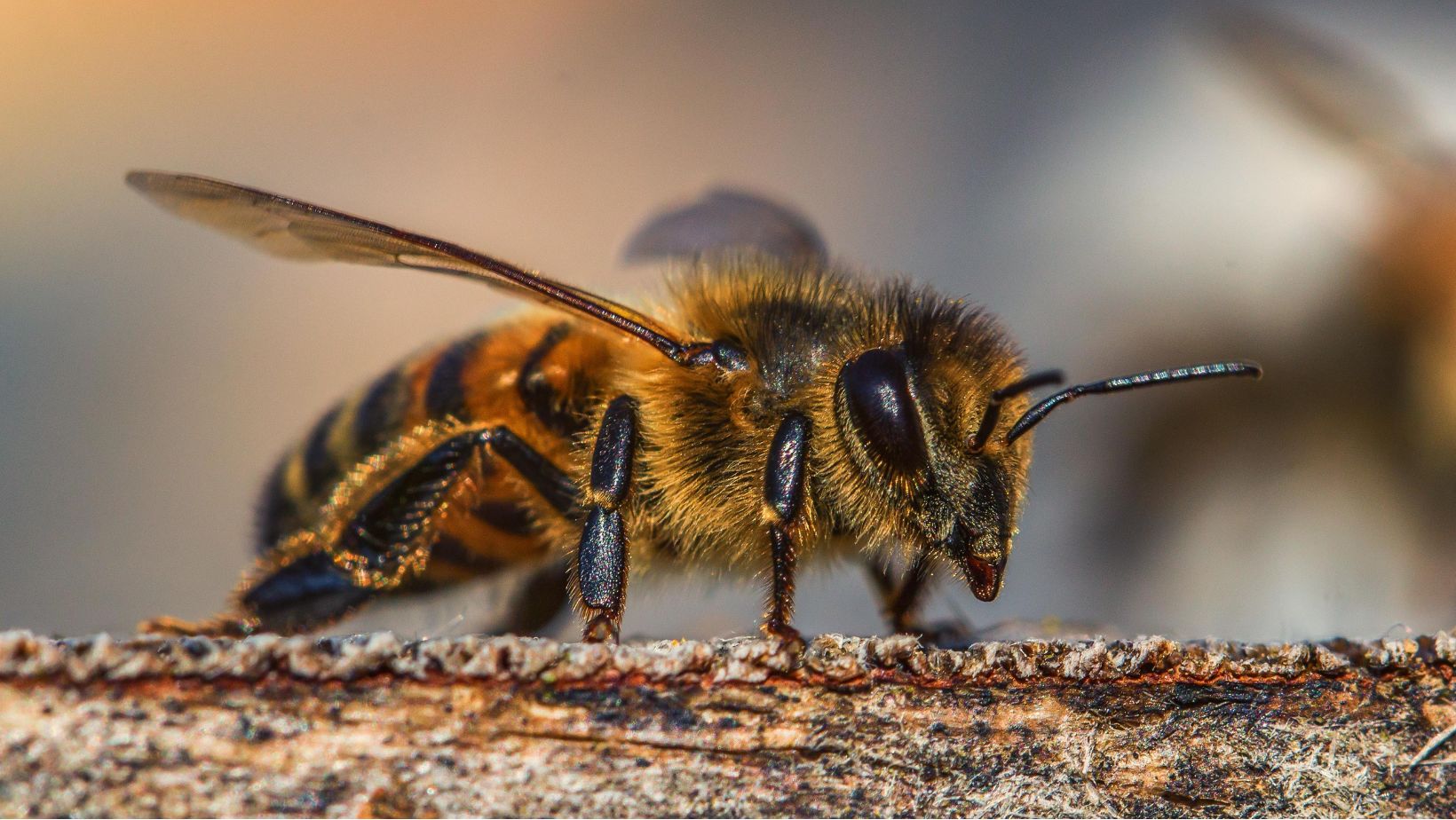Golden Poison Dart Frog: Nature’s Most Toxic Amphibian Uncovered
What is the Golden Poison Dart Frog?
The Golden Poison Dart Frog is a brightly colored amphibian known for its smooth skin and stunning golden-yellow hue. Measuring just about 2 inches (5 cm) in length, its small size contrasts sharply with its potent toxin, batrachotoxin, which it secretes through its skin. The name “dart frog” originates from indigenous tribes who used the frog’s poison to coat blow darts for hunting.

Habitat and Distribution
Golden Poison Dart Frogs are found only in the lowland rainforests of western Colombia, specifically in the Cauca and Valle del Cauca departments. They thrive in humid, tropical climates with abundant rainfall, leaf litter, and dense vegetation. This limited geographic range makes the species endemic and vulnerable to habitat destruction.
Toxicity and Defense
What makes this frog famous—and feared—is its deadly toxin, one of the most potent naturally occurring poisons. A single Golden Poison Dart Frog can contain enough poison to kill up to 10 adult humans or over 20,000 mice.
However, these frogs are not born poisonous. Their toxicity comes from their natural diet, which includes alkaloid-rich insects such as ants, termites, and beetles. In captivity, where these insects are not available, the frogs lose their toxicity, making them safe to handle under controlled environments.
Diet and Behavior
In the wild, Golden Poison Dart Frogs feed on small invertebrates. Their sticky tongues are perfect for capturing tiny prey such as:
- Ants
- Mites
- Termites
- Beetles
These frogs are diurnal (active during the day) and are known to be territorial, often engaging in wrestling matches with rival males. Their bright color acts as a warning to predators—a defense strategy known as aposematism.
Breeding and Lifespan
Mating season in the rainforest begins with the male’s call to attract females. After a successful courtship, the female lays eggs on damp leaves. Once the eggs hatch, the male carries the tadpoles on his back to water sources where they can develop into adult frogs.
In the wild, their lifespan ranges from 6 to 10 years, while in captivity, they can live even longer under proper care.
Conservation Status
The Golden Poison Dart Frog is listed as Endangered on the IUCN Red List due to:
- Deforestation and habitat loss
- Illegal pet trade
- Pollution and climate change
Conservation efforts focus on habitat preservation, breeding programs, and educating local communities about the ecological value of these frogs.
Surprising Benefits to Humans
Despite its deadly reputation, the toxin of the Golden Poison Dart Frog holds medical potential. Researchers are studying batrachotoxin as a possible basis for non-addictive painkillers and neurological research. Nature’s deadliest species might also help solve some of humanity’s biggest health challenges.
Final Thoughts
The Golden Poison Dart Frog is a powerful reminder of nature’s complexity—small, vibrant, and deadly, yet full of scientific and ecological value. Protecting its natural habitat is essential not only for the frog’s survival but for the balance of tropical ecosystems and potential medical breakthroughs.








